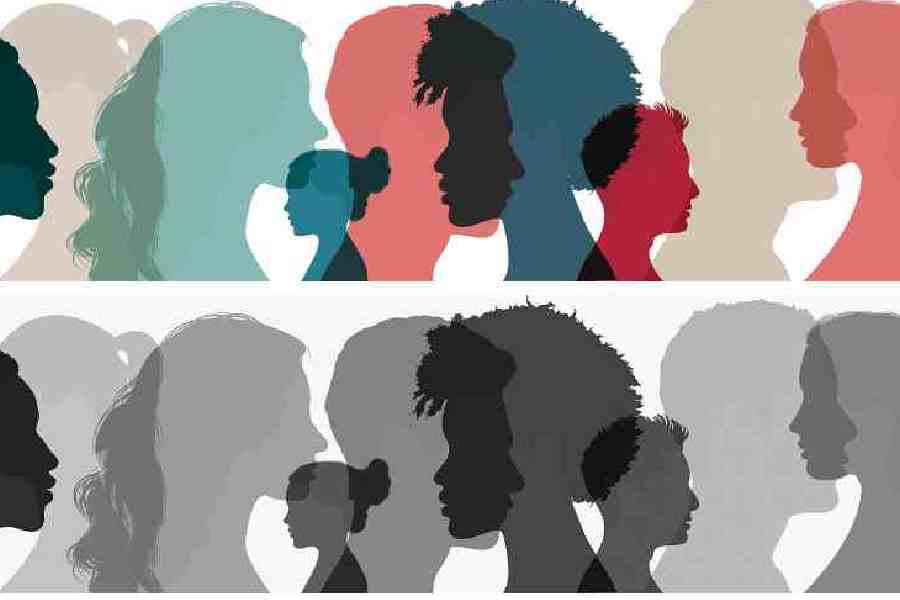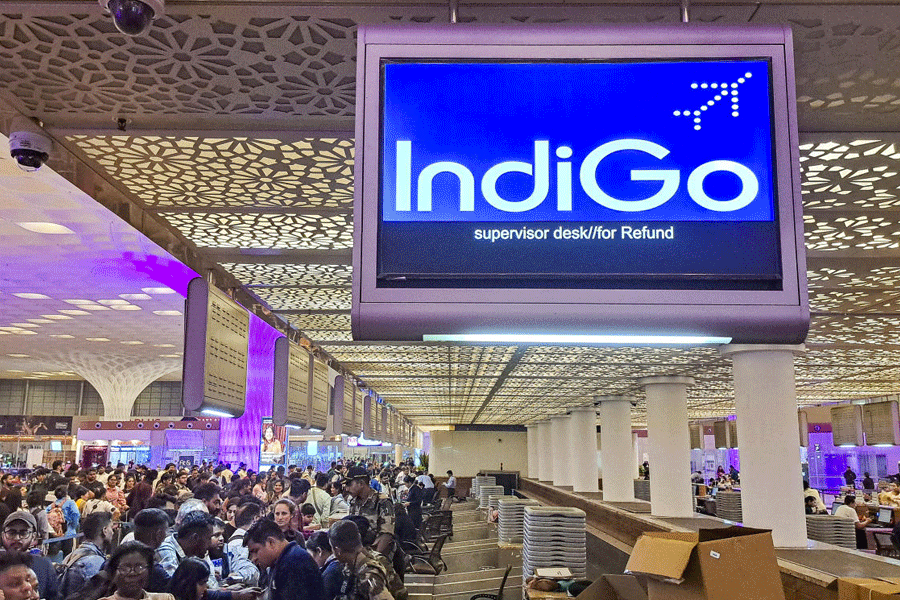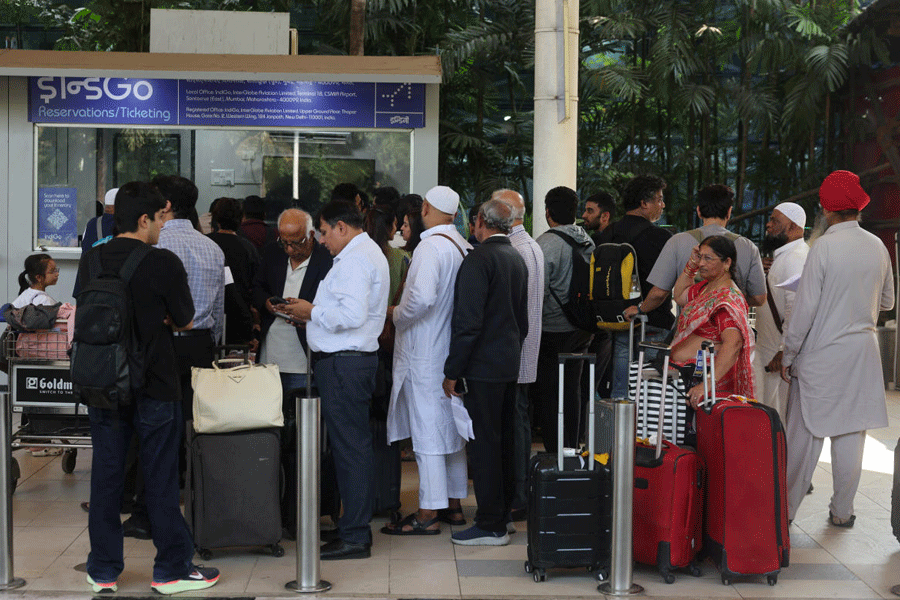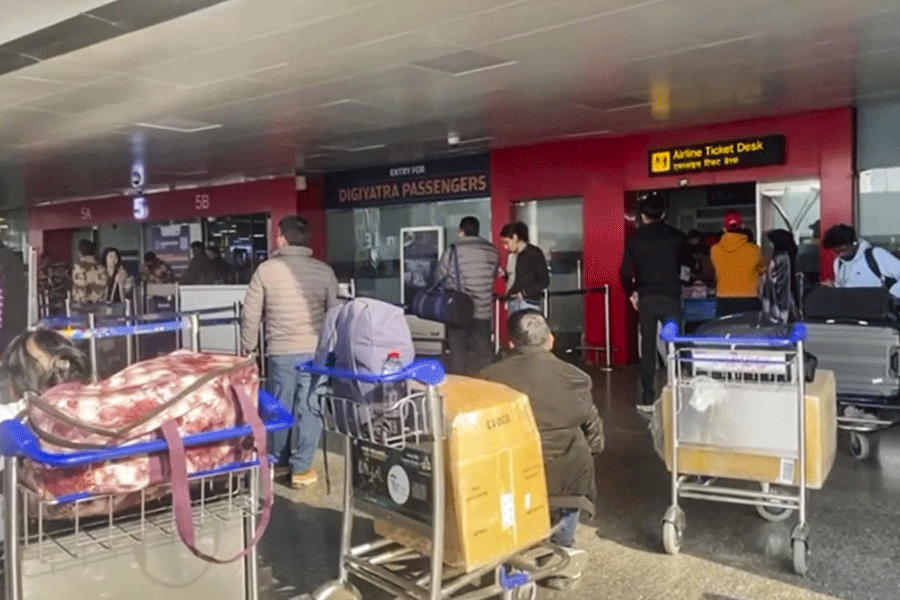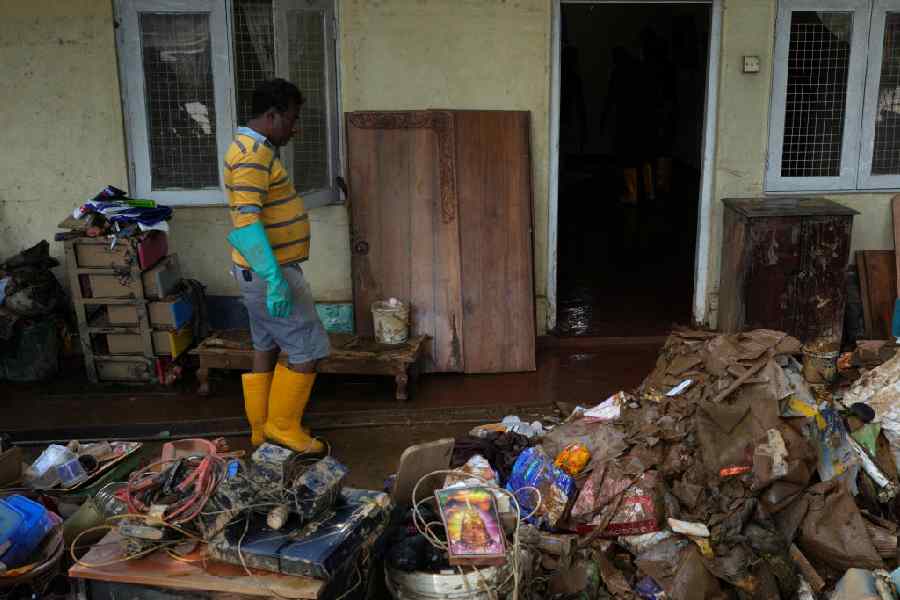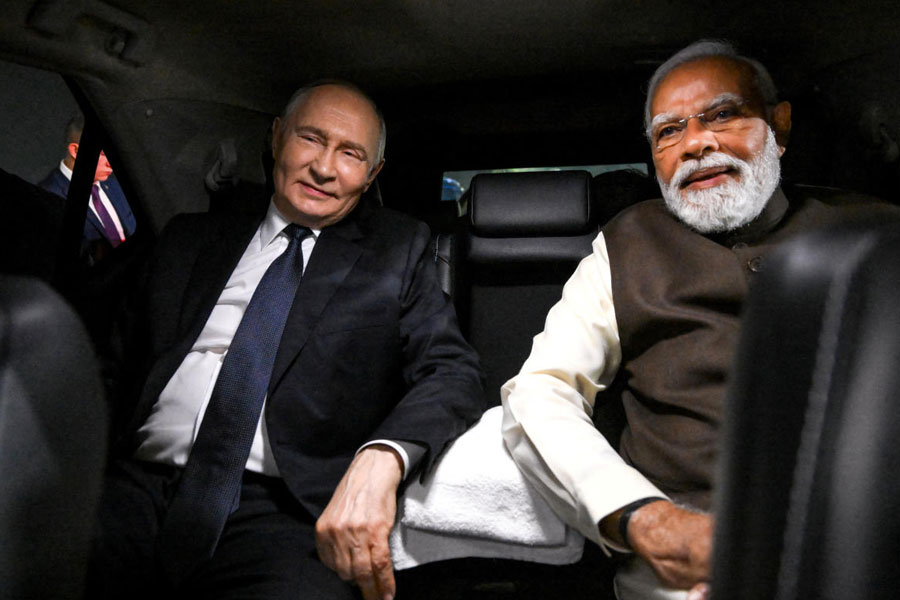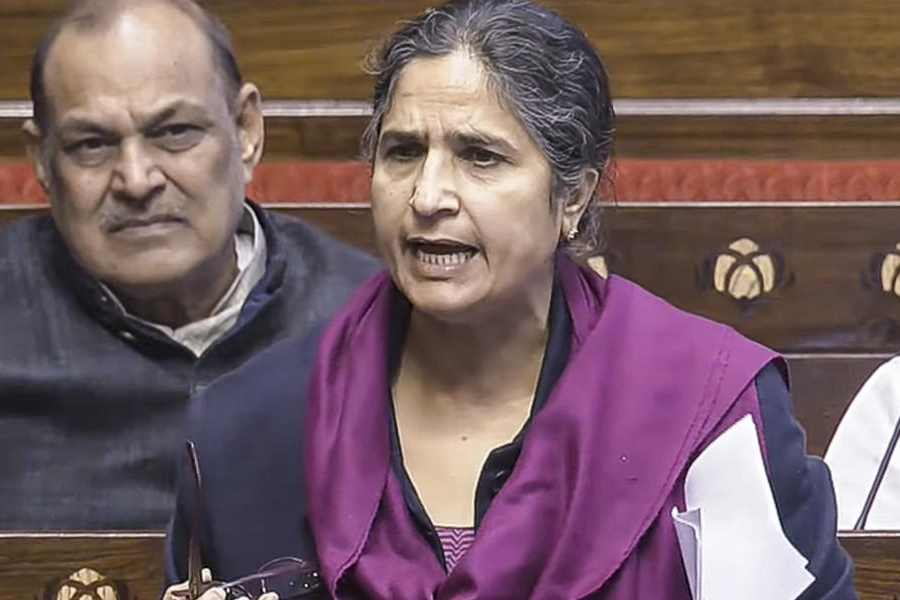Has caste trumped class in Bengal? This question has acquired renewed urgency in light of the struggle of a Dalit community of cobblers to gain entry into a temple in Katwa in east Burdwan. The response to this emancipatory struggle has been revealing in a state that, Bengal’s former minders, the Marxists, believed, prioritises class over caste: Katwa’s upper castes have organised a social boycott of the local Dalits. It is true that Bengal’s caste politics has not quite acquired the toxic edges of the kind that pervades the social and the political spectrums in North India. Caste’s subterranean presence in the prevailing narrative in this state can be attributed to a number of factors, including the hegemonic dominance of Bengal’s social, political and intellectual spaces by the bhadralok constituency — ironically — on account of its early access to Western education and modernity by virtue of its caste identity. The weakening of Dalit movements due to Partition along with the long spell of governance by the Left invisibilised caste but did not lead to its eradication. That caste retained an everyday, but shadowy, presence, especially in Bengal’s hinterland, was borne out by a 2001 study by the Pratichi Trust that revealed that it was a common practice to spatially segregate children from disadvantaged social backgrounds in schools; objections by upper caste families to their children being fed meals cooked by scheduled caste volunteers are not rare either.
Caste’s energetic resurrection in Bengal’s socio-political consciousness has been noticeable in recent years. The weakening of the Left’s chokehold, complemented parallelly by the slipping of the bhadaralok’s grip on critical resources, has played an important role in this. The wooing of caste-based groups such as the Matuas by the two dominant political parties of Bengal, the Trinamool Congress and the Bharatiya Janata Party, or, to cite another example, Mamata Banerjee’s recent enthusiasm for a census of OBCs, is suggestive of this transition. But the ascendancy of identity politics in Bengal, as is usually the case, is not simple. Caste mobilisation often witnesses the confluence of several kinds of identity, including religion and ethnicity. For instance, the BJP’s wooing of the Matuas prioritises their religious, as opposed to, social, identity; the TMC, while courting the Rajbanshis, on the other hand, is mindful of the community’s ethnic moorings. These intersections give identity politics a fascinating, even unpredictable, edge. All in all, caste, an ever-present undercurrent, now stands unmasked in Bengal.

